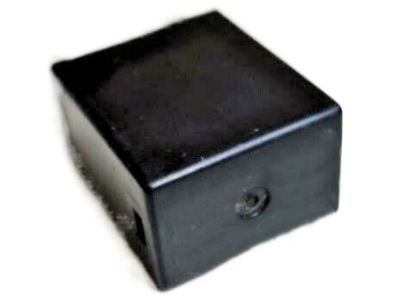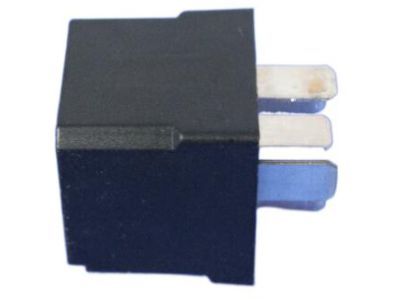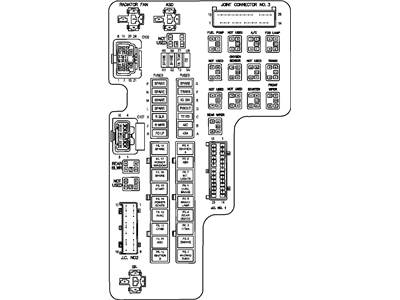
My Garage
My Account
Cart
Genuine Dodge Charger Relay
Wire Relay- Select Vehicle by Model
- Select Vehicle by VIN
Select Vehicle by Model
orMake
Model
Year
Select Vehicle by VIN
For the most accurate results, select vehicle by your VIN (Vehicle Identification Number).
13 Relays found





Dodge Charger Air Conditioner Clutch Cutout
Part Number: 5233162$3.47 MSRP: $20.00You Save: $16.53 (83%)
Dodge Charger Relay
Looking for affordable and high-quality auto parts? Then you have already arrived at the proper online shop. We offer all Dodge Charger Relay at great affordable prices. Moreover, all genuine Dodge Charger Relay come with a manufacturer's warranty. In the long run, you would realize you have saved a lot of trouble and money with OEM parts from here.
Dodge Charger Relay Parts Questions & Experts Answers
- Q: How to test and replace a faulty relay in a Dodge Charger?A:Relays transmit current from the component to many electrical accessories in a vehicle. Damaged relays hinder efficient operations of components. While most relays are in the engine compartment fuse and relay box, some are located elsewhere on the vehicle or in various wiring harnesses beneath the instrument panel. A suspected faulty relay can be removed and checked. These vehicles mostly use a type of relay referred to as "ISO" relays which stand for International Standards Organization. The ISO relays have numbered terminals which show their normal circuit connections and functions. There are two basic terminal layouts used on the relays in these vehicles. Two of these terminals connect to the control circuit of the relay and are connected to the coil, while other terminals go to the power circuit. Terminal 86 takes battery positive (B+) voltage, while terminal 85 is ground if diode equipped, and normally this is control circuit. The battery voltage (B+) source for this particular circuit loads is connected through terminal 30 while terminal 87 goes to the ground side of this same circuit. In order to test continuity through control coil, an ohmmeter should be utilized; resistance in proper directions has also got to be checked when a resistor or diode is present within that relay. To do this, remove it from its position in the vehicle and try checking continuity between its power circuit terminals. If tested with a relay de-energized, there should be no continuity between terminal 30 and 87. Connect one end of a jumper wire to terminal 86 and positive battery terminal; then connect another jumper wire between terminal 85 and ground such that when all connections are made together, the relay will click. With jumper wires connected check continuity again at these power circuit terminals if any tests fail replace that relay with a good one.

















































